Maca, Lepidium meyenii, is a herbaceous perennial plant of the family Brassicaceae. Grows high in the mountain forests of Bolivia and Peru. It is popular with the names Maca and Ayak Chichira and Mayno.
Maca is in the family of turnips and radishes, which explains why it looks like it does. Maca grows at an altitude of over 12000 ft (4000 m) above sea level, withstands very extreme weather conditions. Maca root is the highest growing food plant in the world.
Maca is highly appreciated by the local people, not only because of its nutritional value, but also because of its valuable medicinal properties.
The plant was used by ancient Peruvians, who noticed that animals that consume it had better fertility than those who did not eat Maca.
This fact contributes to the development of later studies that demonstrate the ability of maca to improve libido and fertility. When the Spaniards arrived in the local land and learned about the qualities of the plant, they began to export it to Spain. In 1960 the interest of scientists in Peru in this plant was restored.
Composition of Maca
Maca contains a combination of tannins, alkaloids, saponins and sterols, which are believed to have a synergistic effect. Its composition is 10-14% protein, 8.5% fiber, lipids, and 60-75% carbohydrates, polypeptides, polysaccharides, oleic, linoleic and palmitic acids, fatty acids, vitamins and minerals. Dark colored maca roots contain large amounts of natural iodine.
Selecting and storing Maca
Maca is marketed primarily in the form of powder of dried roots and concentrated extracts. Most often, you will meet it in herbal supplements for toning, improving libido and herbal formulas for promoting hormones.
In Peru, maca is prepared in several ways, although traditionally the fresh part of the stem between the first leaves and roots is cooked, by baking in a pit. Thus prepared, Maca is considered a delicacy.

Fresh root of maca is crushed, boiled and then made into a sweet, thick liquid, dried and mixed with milk. From the resulting mixture, you make porridge, or mix it with other vegetables. You can make flour which can be used for baking. The leaves of the Maca are eaten raw in salads or cooked.
Benefits of Maca
Histidine and arginine in Maca are active components that are responsible for increasing libido and improve semen quality. Maca does not affect the levels of sex hormones in humans and has been shown to act directly on the hormones themselves.

As an adaptogen, Maca can provide more power when needed, but without overstimulation. After pregnancy, it can help mothers for successful breastfeeding, because it increases milk production.
Among the assumptions and still unsubstantiated allegations are that maca improves the function of the endocrine system, has antidepressant properties and has an estrogen -like effect in women.
Generally, Maca is recommended for fertility and infertility, menstrual disorders and hormonal disorders, problems with libido and symptoms of menopause, poor memory, depression and low self-esteem, fatigue and physical exhaustion. Maca is best known for its reputation as a super food that has a good effect on libido and sexual pleasure.
At the root of maca is its high content of fiber, which significantly reduces the risk of colon cancer by stimulating the function to help the body to eliminate slag.
Daily doses of Maca
Typically, the majority of the separate formulations of a dry extract of crushed maca come in doses of 500 mg per tablet.
Dangers of Maca
So far no side effects from the use of maca are known. There are no known adverse interactions with other drugs, either.
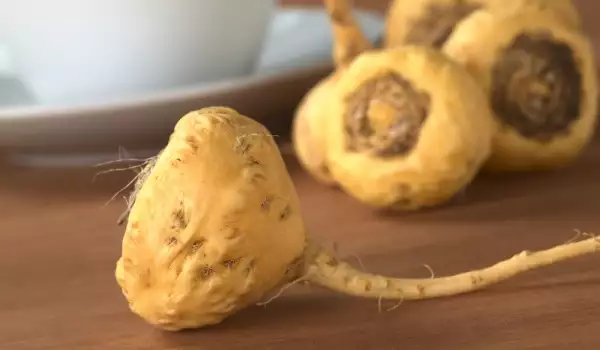
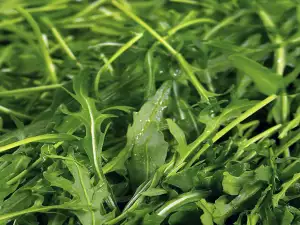

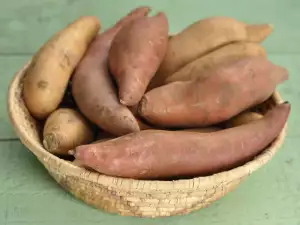
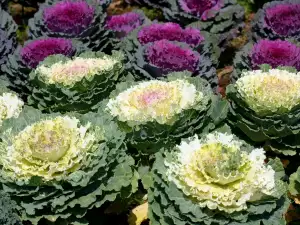



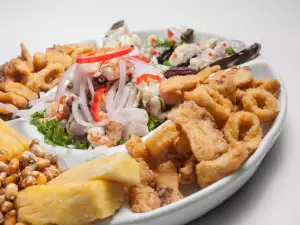
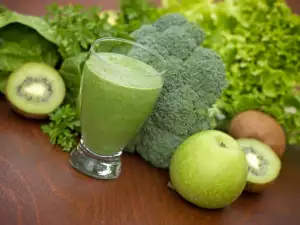
Comments